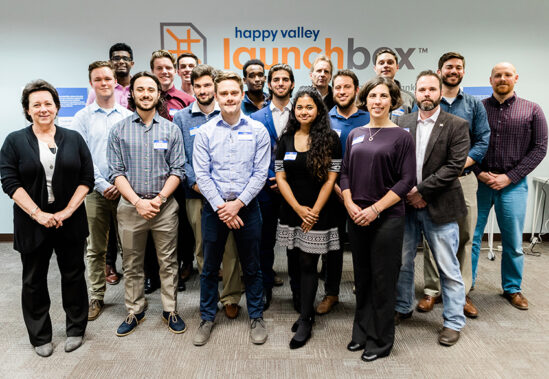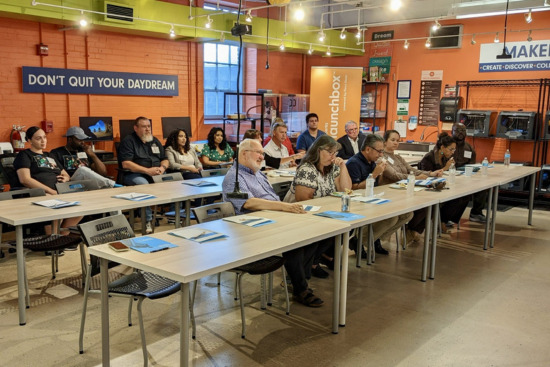Making Entrepreneurship Accessible in Rural America

Re-inventing the Role Universities Play in Economic Development
We believe that land-grant universities, and other institutions with access to considerable resources, can play a critical role in helping to revitalize rural communities. As such, we have created this playbook to examine a new and expanded role for universities in addressing the decline in entrepreneurship that is impacting rural America today. One that leverages the land-grant model of education, research, and outreach to support and spur entrepreneurship, especially needed in rural America.
We have worked to ensure this playbook provides actionable advice to community leaders, entrepreneurs, residents, leaders of institutions, elected officials, and those who want to play a role in uplifting, growing, and building thriving entrepreneurial ecosystems.
We believe that states with large rural populations, especially those in America’s heartland, can benefit from and adapt these lessons learned to spur economic development for their communities.
-
Chapter 1. The Need
Rural America isn’t getting the support it needs for critical entrepreneurial ventures—and that means fewer new jobs overall in an area that desperately needs them.
This chapter will also cover:
- Why accessing business resources is difficult
- Why impact is more than economic
-
Chapter 2. The Commitment
Just months into Penn State President Emeritus’ tenure as the University’s 18th president, he made a bold, public declaration: The university would commit $30 million to support economic development across the commonwealth.
-
Chapter 3. The Strategy
With goals established and key tenets outlined, the next step was to see who wanted to participate.
This chapter will also cover:
- Defining the strategy
- Selecting locations
- Ramping up
- The first free service
-
Chapter 4. Challenges
To support this new work, a core team of Penn State administrators and campus leaders volunteered to help with next steps. Very quickly, patterns and challenges started to emerge.
This chapter will also include:
- Partnering opportunities differed
- Staffing approaches varied
- Downtown locations created unforeseen challenges
- Institutional processes slowed progress
- Language of entrepreneurship was misunderstood
- Public and potential partners were unsure
-
Chapter 5. Insights
After seven years, 21 different locations, and thousands of hours supporting entrepreneurs across Pennsylvania, a number of lessons learned have emerged—some expected, and others not.
This chapter will also include:
- Starting with engaged leadership
- Encouraging and rewarding experimentation
- Looking for common gaps in services and starting there
- Providing centralized support to promote growth and scaling
- Bringing an inclusive lens to everything you do
- Avoiding couching success through traditional economic development metrics
- Focusing on sustainability early
- Focusing on culture not physical space
 |
“We have the infrastructure to have an impact on the entire commonwealth. We are the economic engine of Pennsylvania.”
Penn State President Neeli Bendapudi |
Check out these mini case studies
Learn more about the Playbook.







